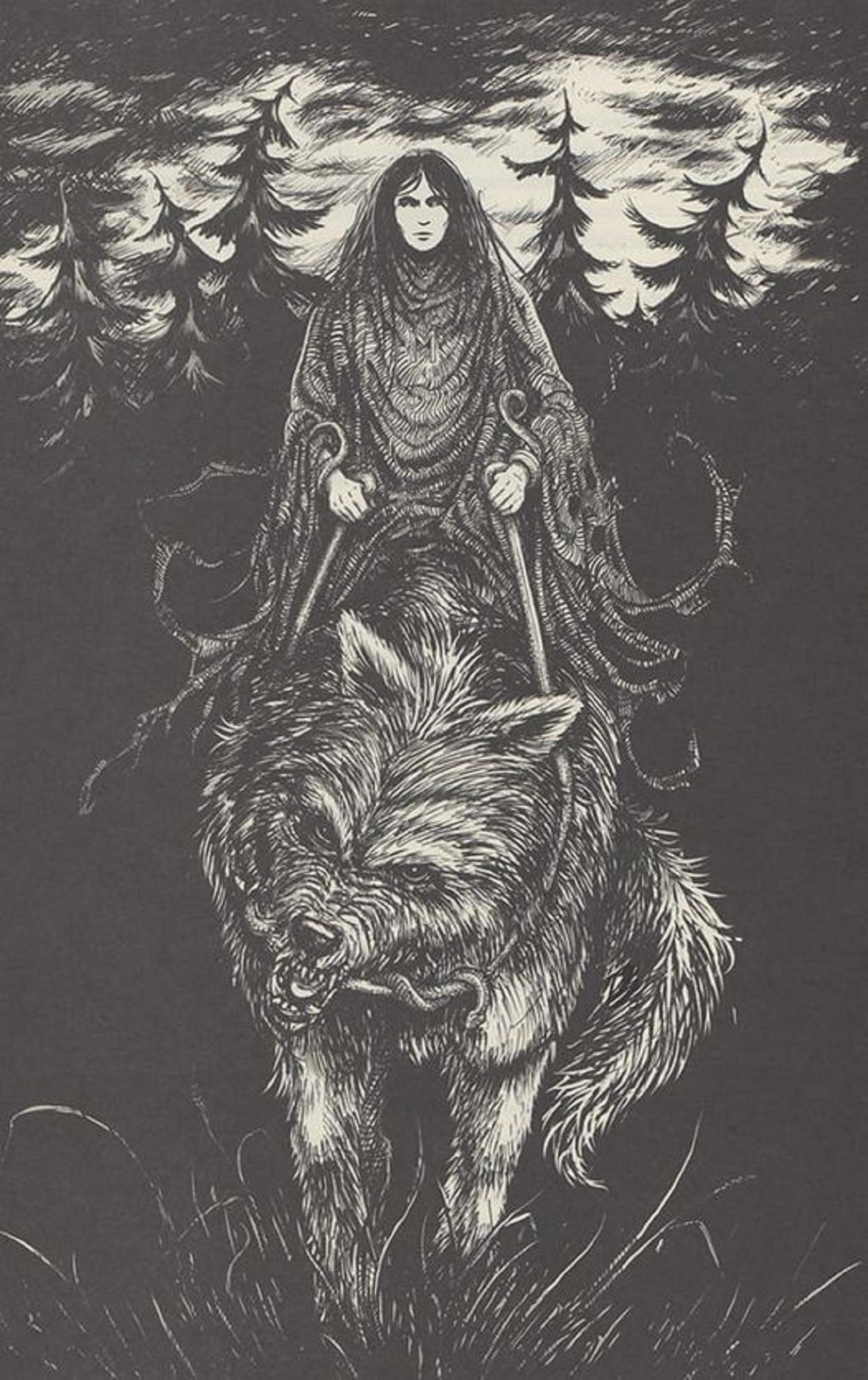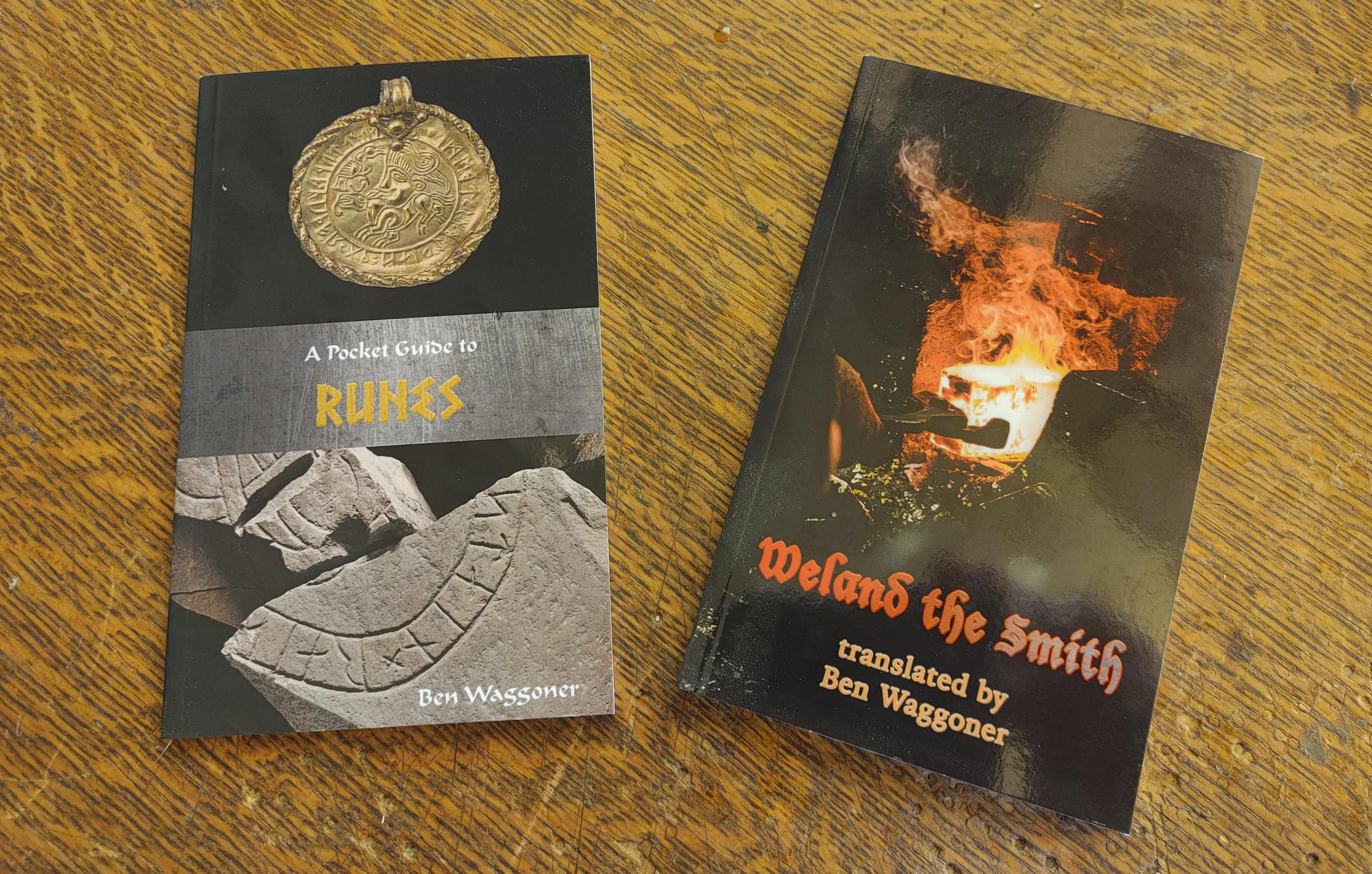
When it comes to the Norse Gods and Goddesses we see a lot of information and vast popularity with Valhalla and Freyja’s great hall of Sessrúmnir. Unfortunately it seems in my observation that most neglect or are unaware that many of the other Norse Gods and Goddesses have their own great halls such as Fensalir, the great hall of Frigga; Himinbjorg, the great hall of Heimdallr or even my matron Goddess Rán has Ránsalir plus many more. But today I want to cover the great hall of Thor known as Bilskirnir.
The largest hall in Asgard and one of the largest single-owner hall in all the nine worlds, is Thor’s hall called Bilskirnir. This single hall is larger than Valhalla and all the houses around it, including the walls. Bilskirnir is the equivalent of a small city. This hall has six hundred and forty rooms, not only filled with people from Valhalla but also with those who died in battle and were sworn to Thor. In it Thor’s guests also live there for a while, the servants of Thor and also Sif’s servants, even Loki dwelt there for a time. The walls of this huge hall are made of brick and stone and all the rooms are high-ceilinged and each room has windows that are constantly open to let the air in, even when it is raining.
Unlike what we are used to hear or see about Thor in out modern world perspective, Thor is the champion of Asgard, he is the god of the common people such as farmers, he is the protector of mankind and often wanders in the world of mortals and has mortals as guests in his own hall. Thor isn’t blond, he is red-haired and has a red-beard.
In this great hall also lives Meile, which most don’t know who this figure is, and in truth he doesn’t want to be known or be famous, but he is one of Thor’s younger brothers who seldom is at Bilskirnir, but can be found there once in a while.
There are two other denizens of this great hall, two other of great renown a part from Sif herself, the wife of Thor. These two are Roskva and Thjalfi or Thjalfr. They are the children of Egil Skytten, the midgard mortal, it is said that he had an affair with Groa, the giant sorceress wife of Aurvandil who is the first husband of Sif, and together they had a son, the god Ullr. So it is said that Roskva and Thjalfi are the sons of Egil the mortal and of Groa, which makes them Half-human.
There are many tales of how Roskva and Thjalfi came to live with Thor, the most heard one (summarizing) is that when Thor and Loki were traveling together, they came to a farm where they found this human family with two children. They all sat and had dinner together, they ate one of Thor’s goats but all had been warned not to break any bones. The children did it and as a payment for their disobedience, Thor took them to his hall to work there.
Another tale, not so often heard, is that Groa and Aurvandil were good friends of Thor and after raising the two children, they sent them to be fostered at Bilskirnir. Thjalfi became Thor’s page, accompanying him in many journeys.
Thjalfi is also the messenger of Bilskirnir and a guide for those who are wandering about Asgard and lost. Roskva helps in Bilskirnir and she is also a guide there, for this great hall is a confusing labyrinth.
Behind Thor’s hall there is a small hall (small compared with Bilskirnir itself) that belongs to Thor’s daughter Thrud, the sister of Magni and Modi. The land where Thor’s hall was built is called Thrudheim, in honor of Thor’s daughter and to show the love and pride he has for her. SOURCE
“The land is holy | that lies hard by
The gods and the elves together;
And Thor shall ever | in Thrudheim dwell,
Till the gods to destruction go.” ~ Grimnismal

The name Bilskirnir only appears twice in Snorri’s Edda. There he quotes the verse from Grímnismál and later in Skáldskaparmál quotes a skaldic kenning containing the name.
Gylfaginning 21:
Þá mælti Gangleri: “Hver eru nöfn annarra ásanna, eða hvat hafast þeir at, eða hvat hafa þeir gert til frama?”
Hárr segir: “Þórr er þeira framast, sá er kallaðr er Ása-Þórr eða Öku-Þórr. Hann er sterkastr allra goðanna ok manna. Hann á þar ríki, er Þrúðvangar heita, en höll hans heitir Bilskirrnir. Í þeim sal eru fimm hundruð gólfa ok fjórir tigir. Þat er hús mest, svá at menn viti. Svá segir í Grímnismálum:
Fimm hundruð golfa
ok umb fjórum tögum,
svá hygg ek Bilskirrni með bugum;
ranna þeira,
er ek reft vita,
míns veit ek mest magar.
XXI. Then said Gangleri: “What are the names of the other Æsir, or what is their office, or what deeds of renown have they done?”
Hárr answered: “Thor is the foremost of them, he that is called Thor of the Æsir, or Öku-Thor; he is strongest of all the gods and men. He has his realm in the place called Thrúdvangar, and his hall is called Bilskirnir (“From the flashing of light”); in that hall are five hundred rooms and forty. That is the greatest house that men know of; It is thus said in Grímnismál:
Five hundred floors | and more than forty,
So reckon I Bilskirnir with bending ways;
Of those houses | that I know of hall-roofed,
My son’s I know the most. SOURCE
Further Resources:














